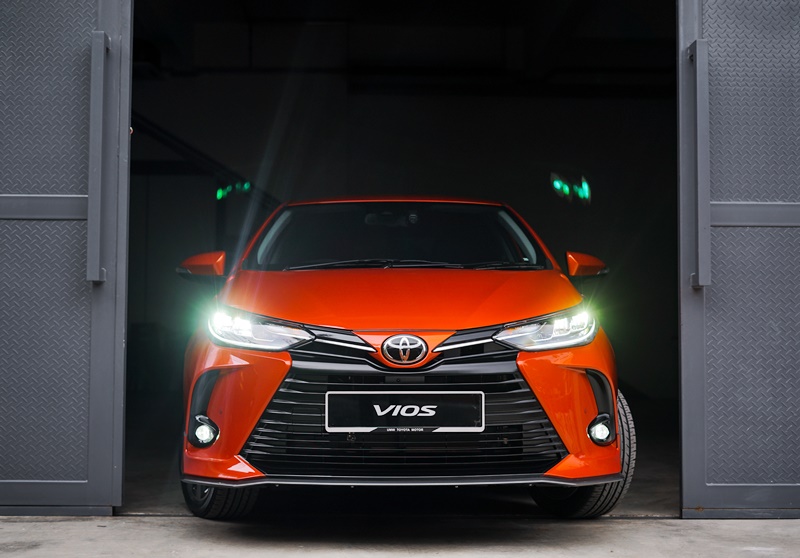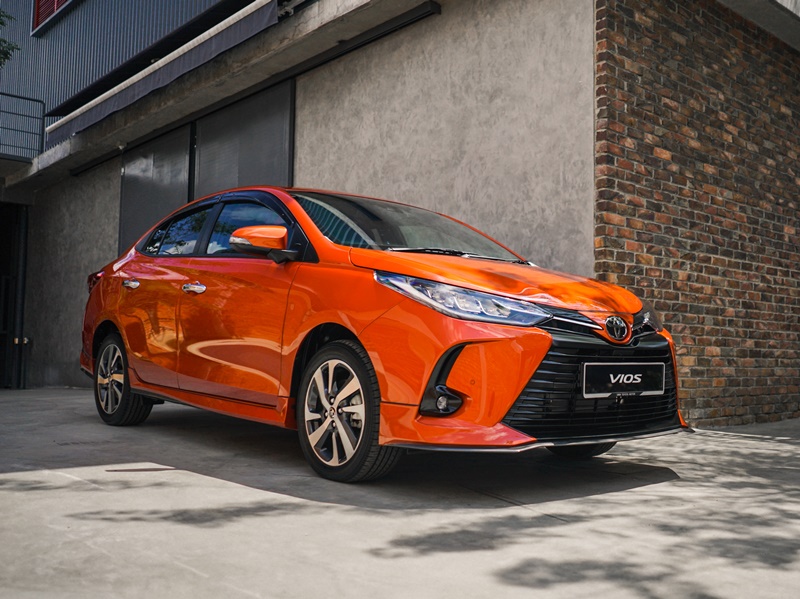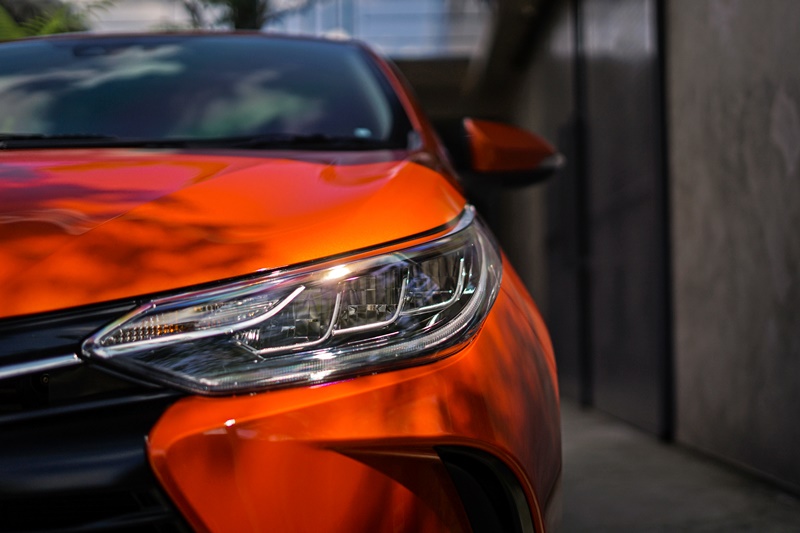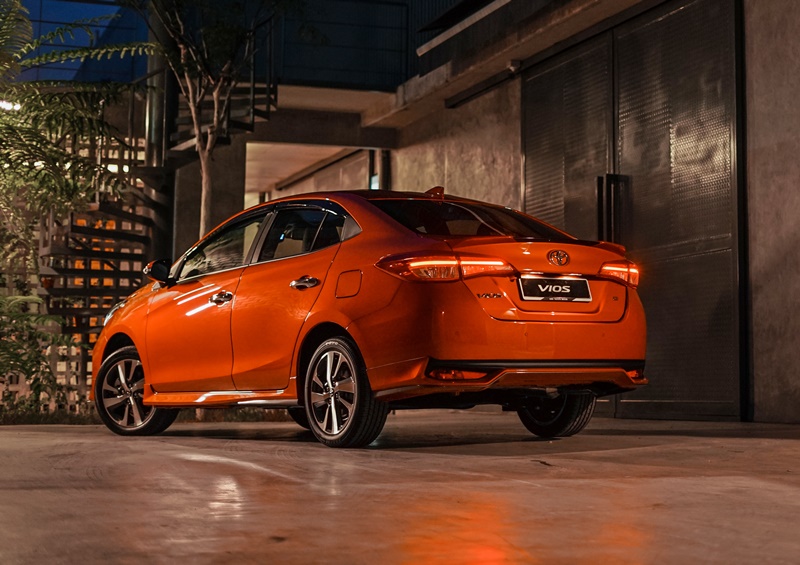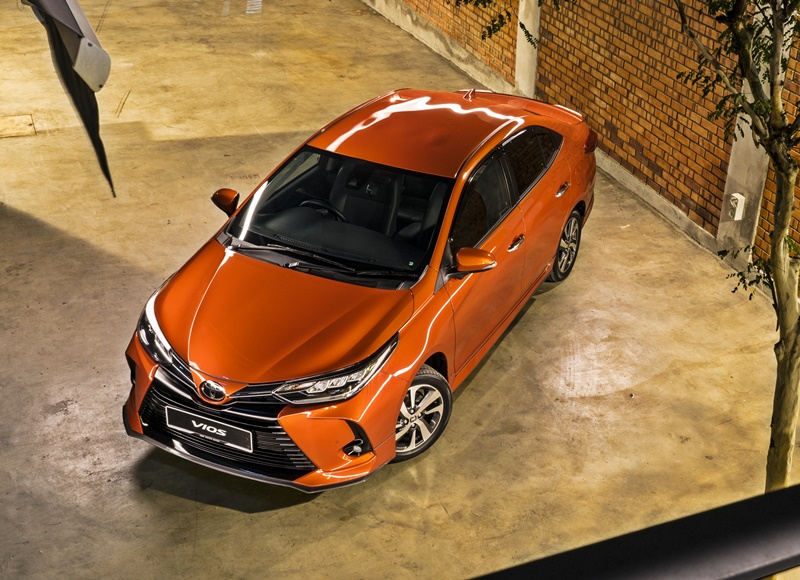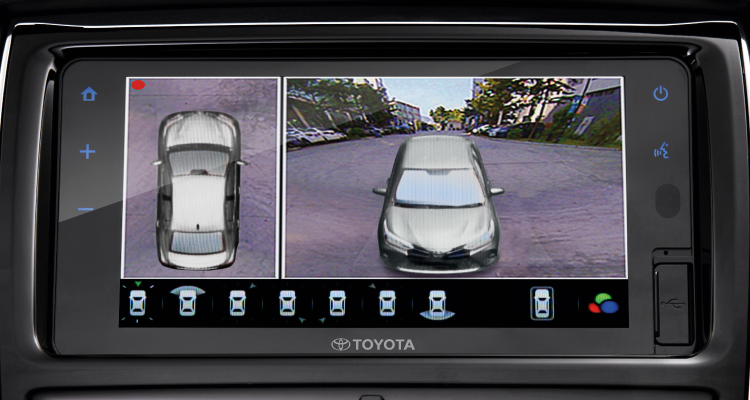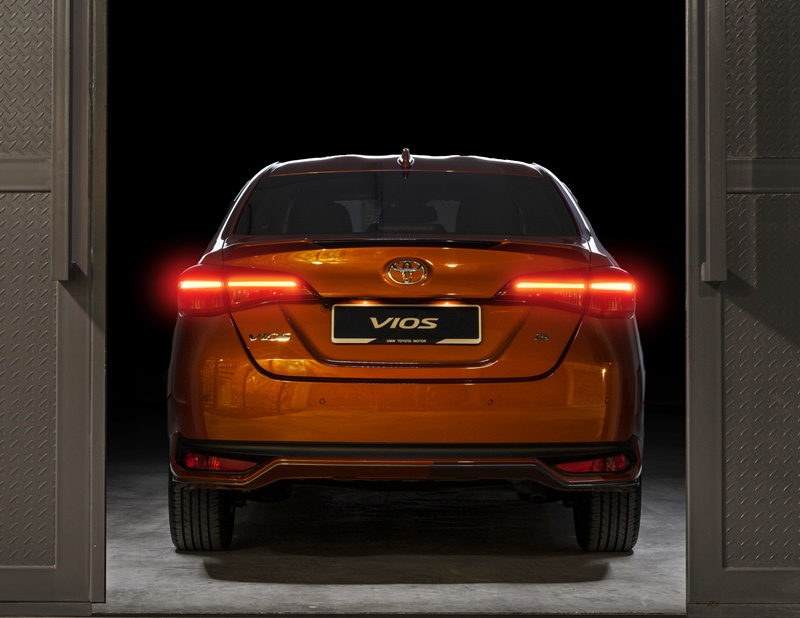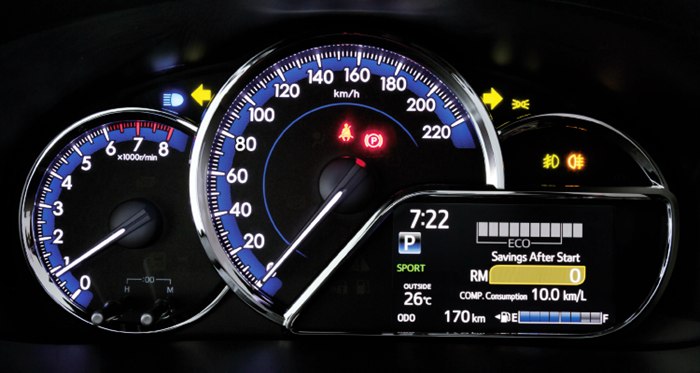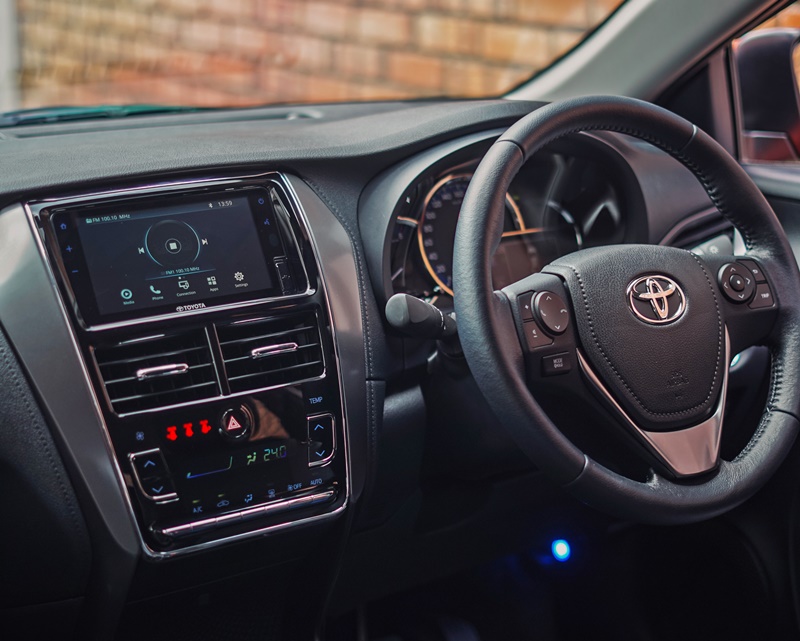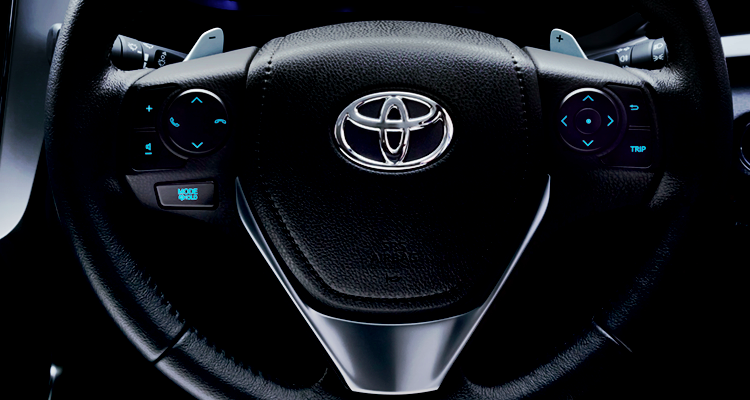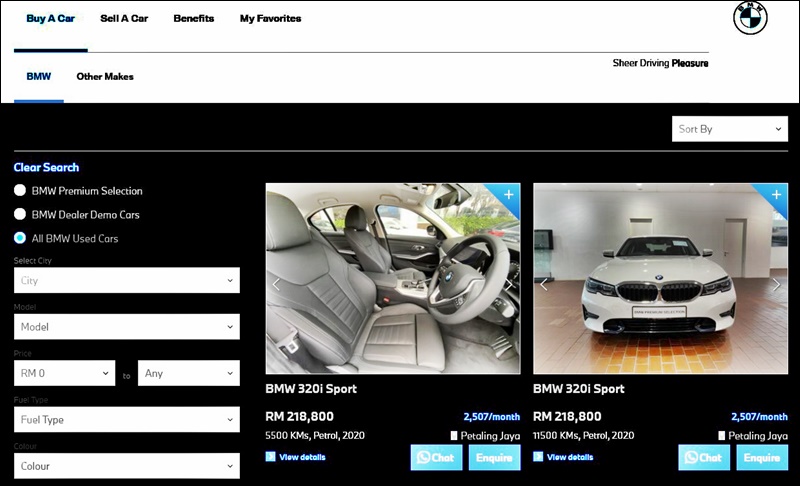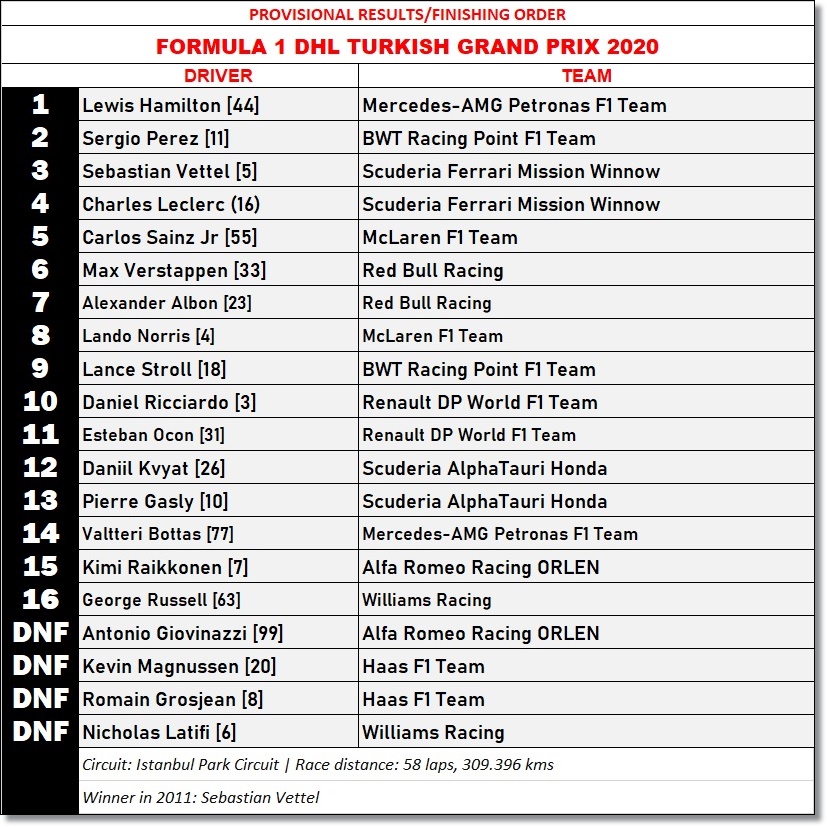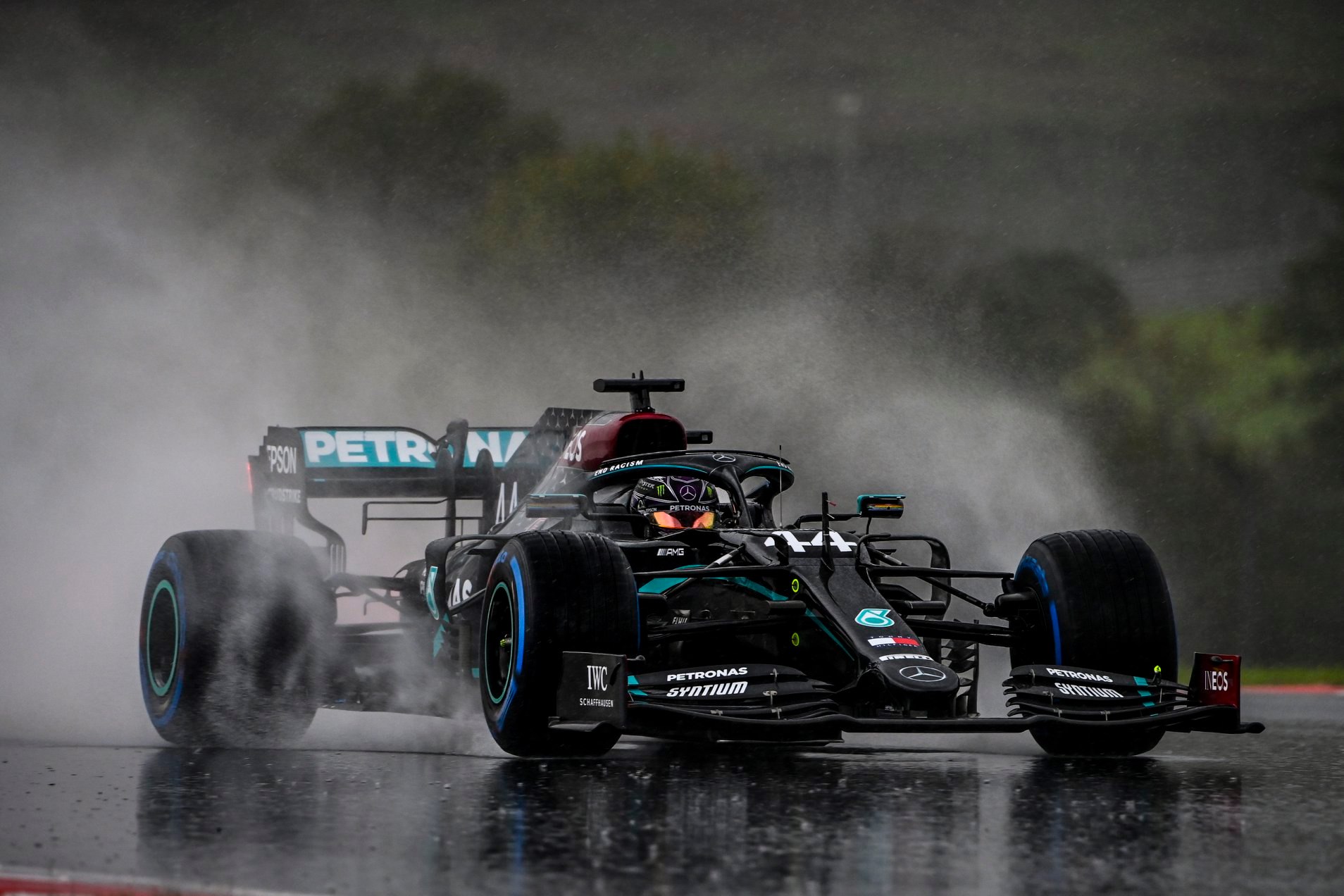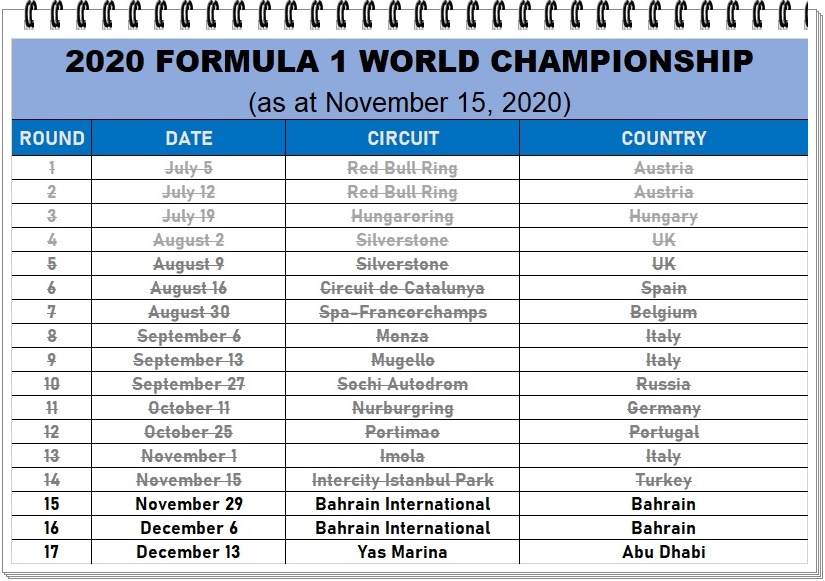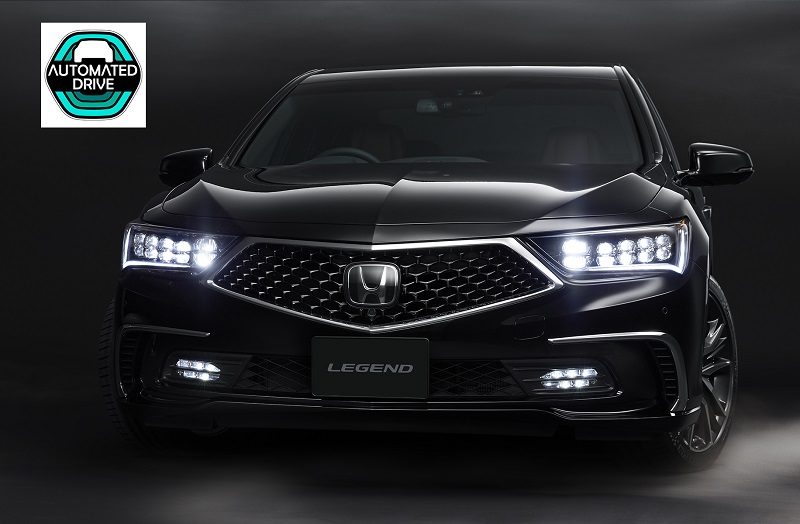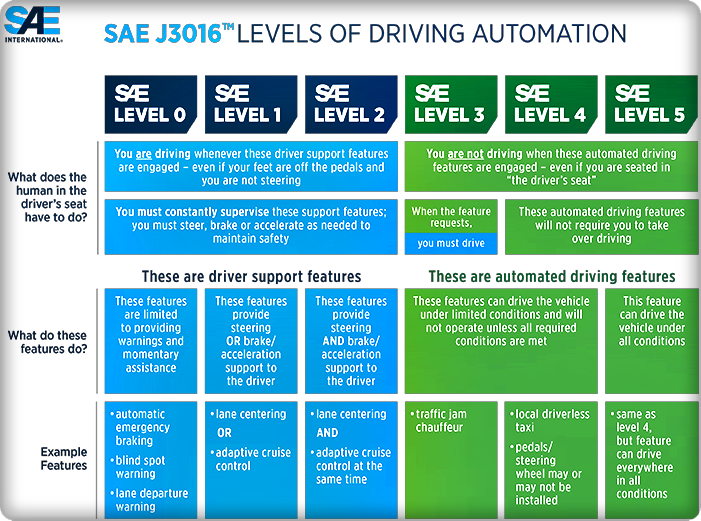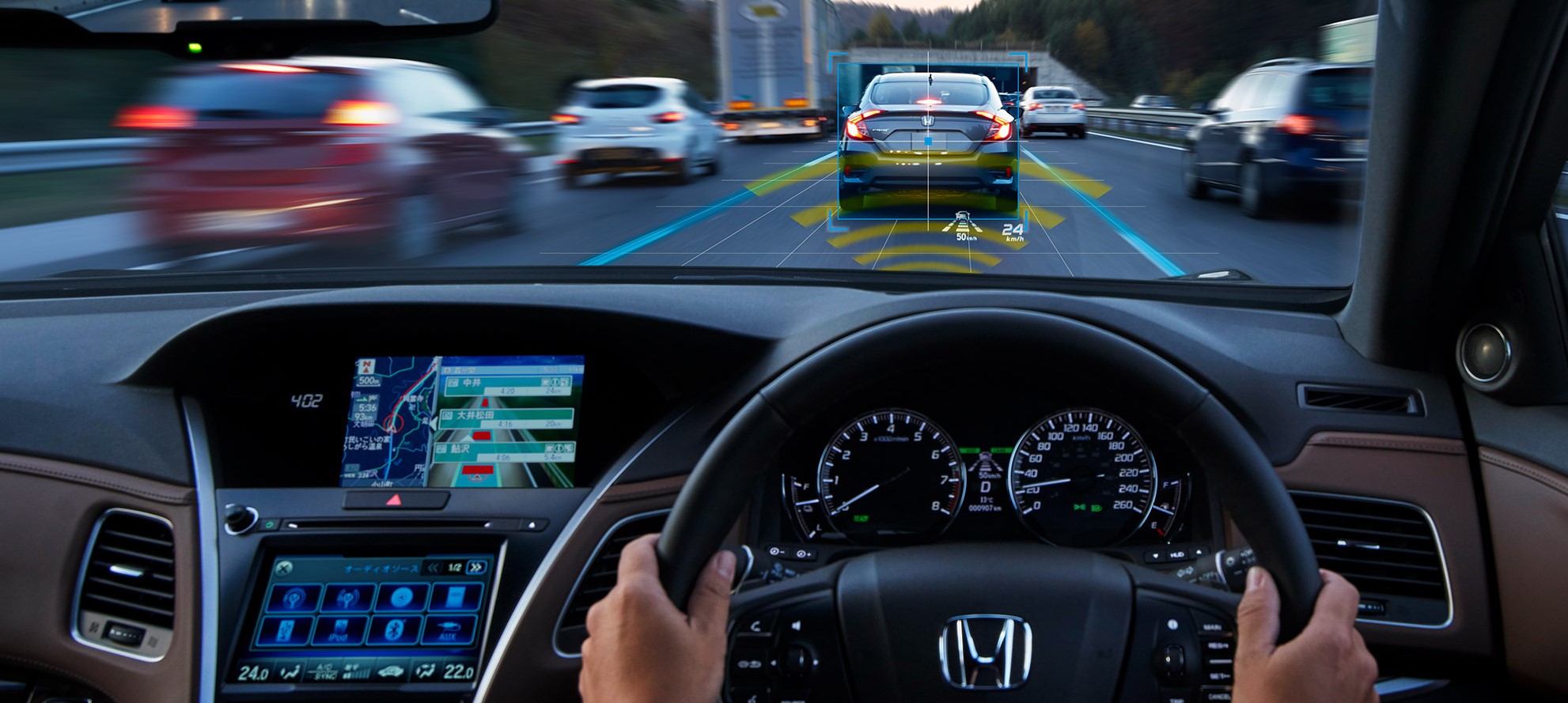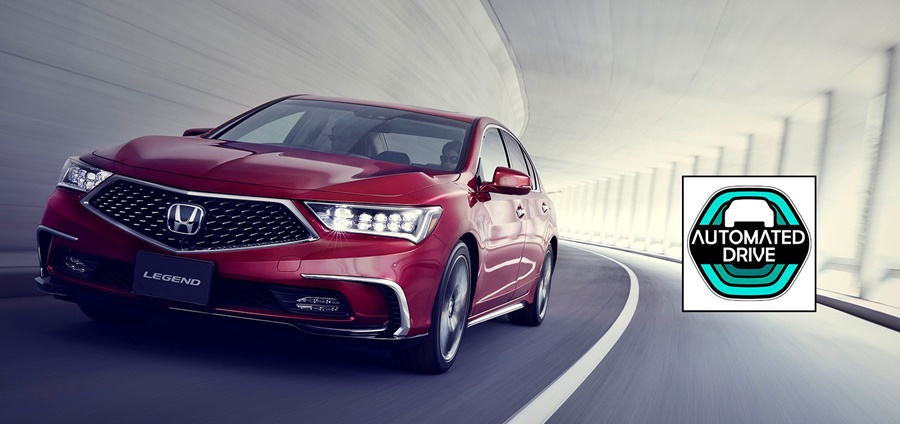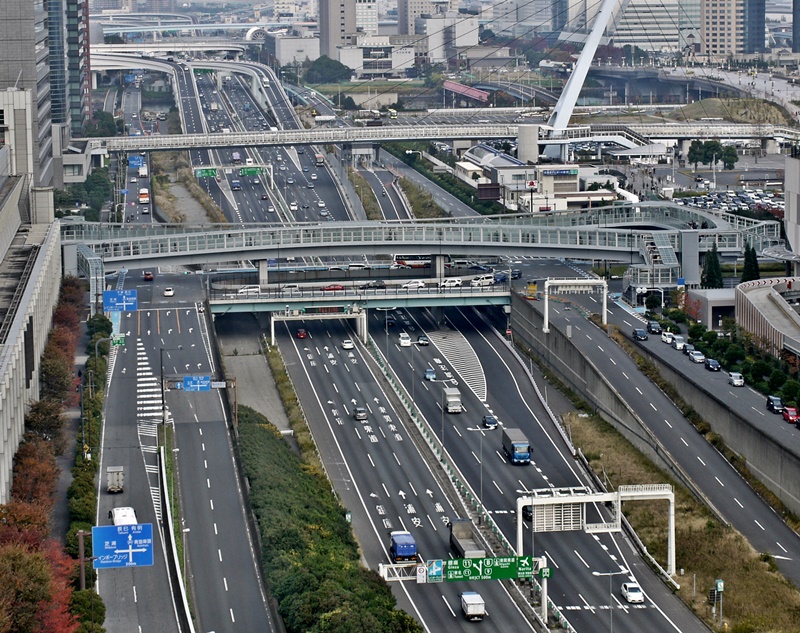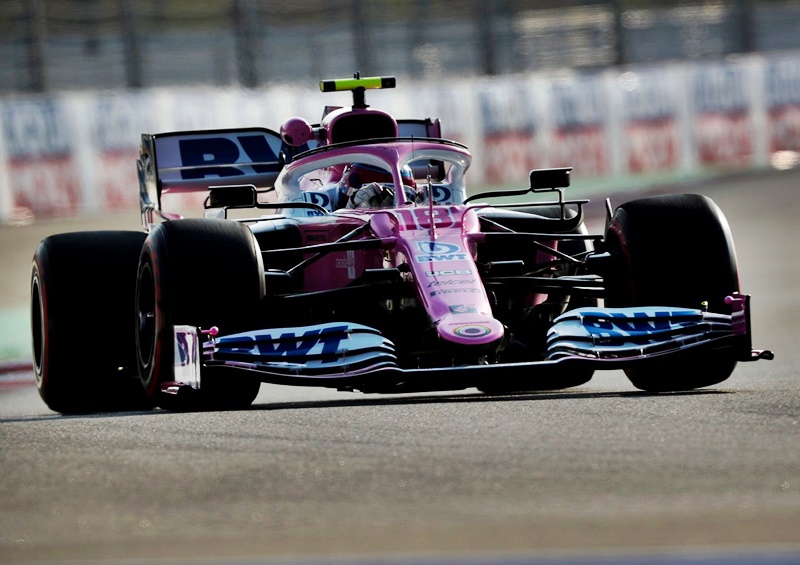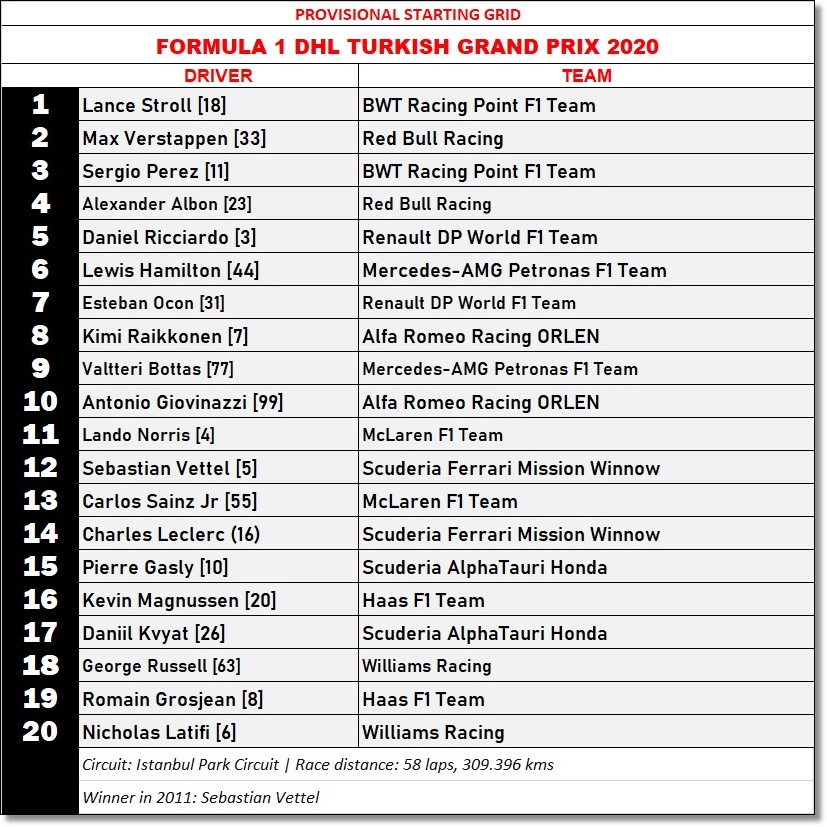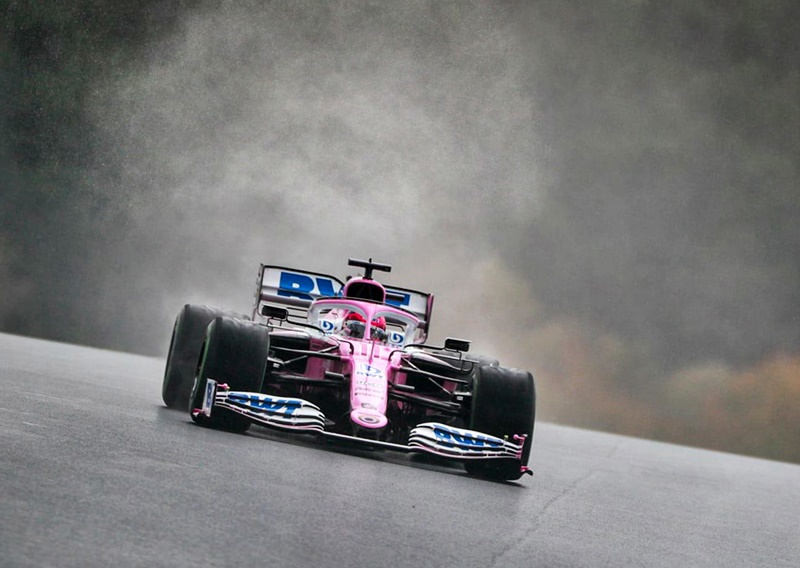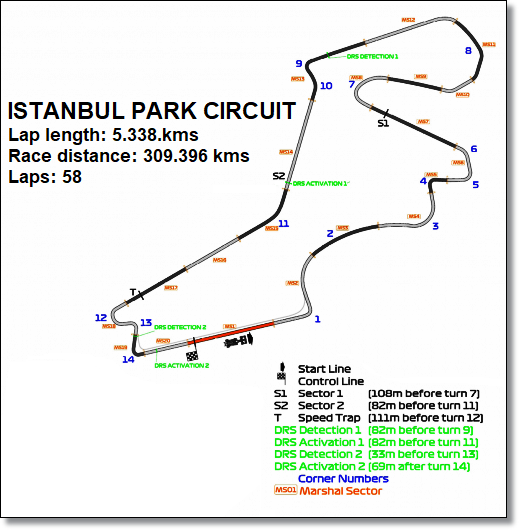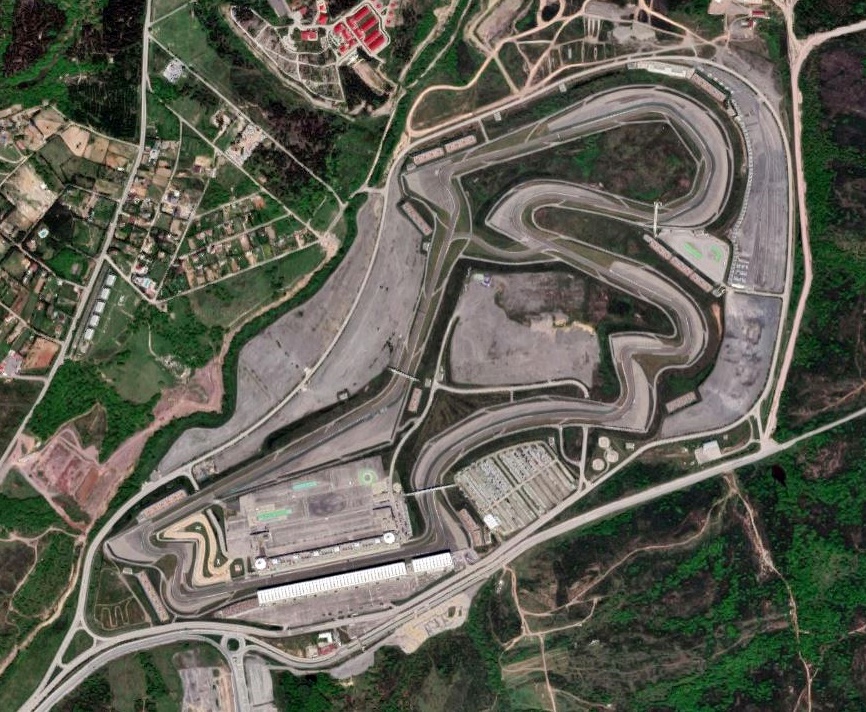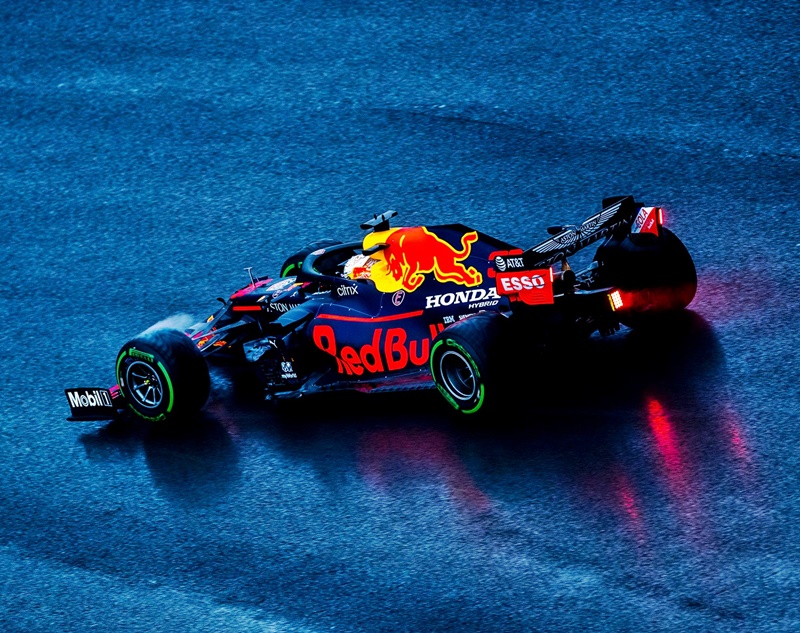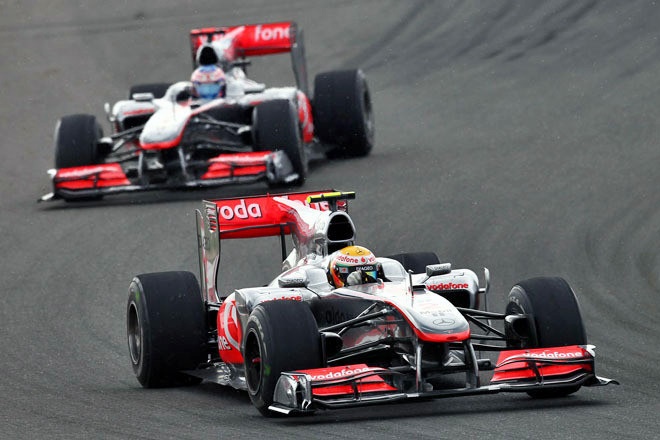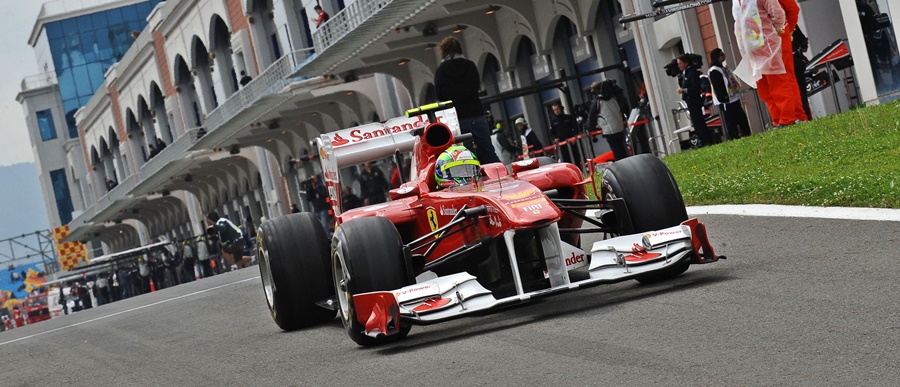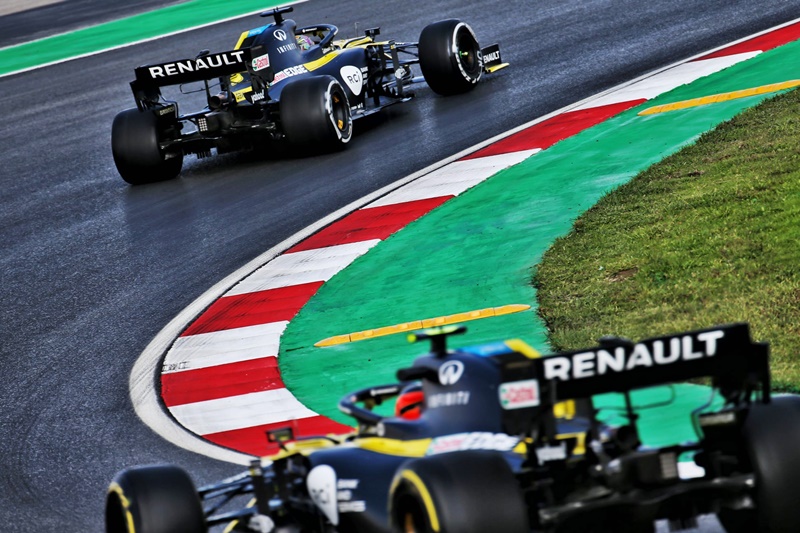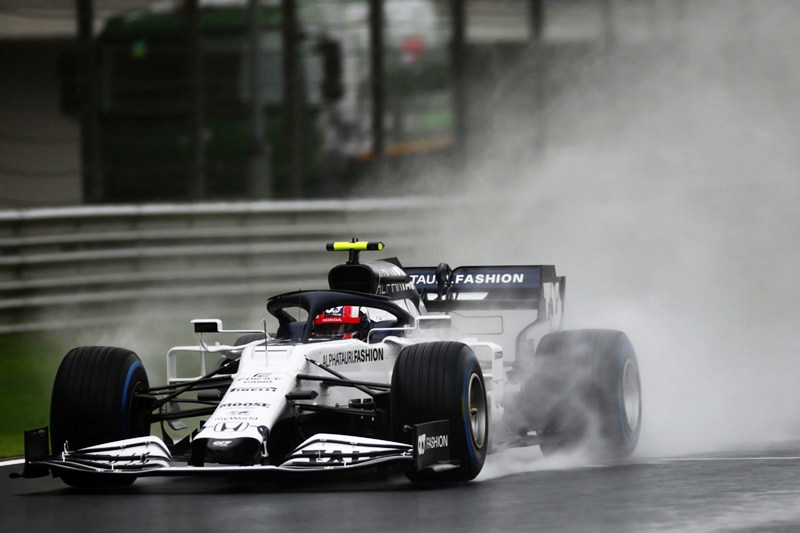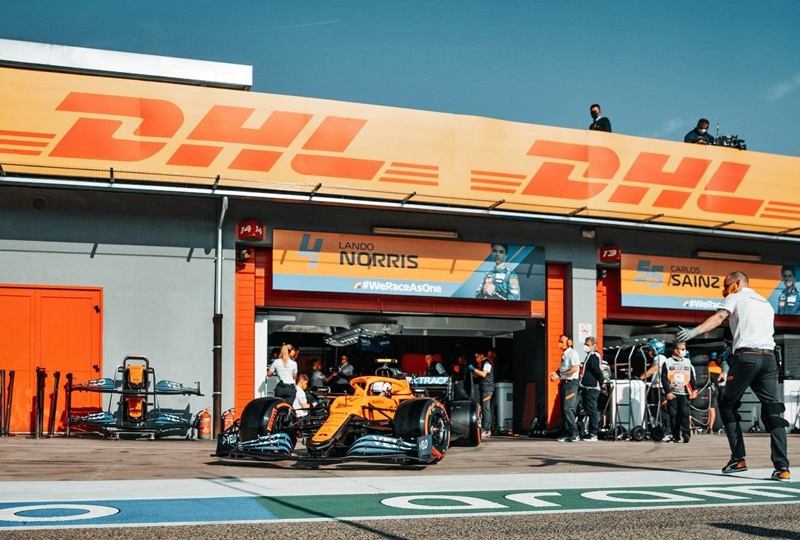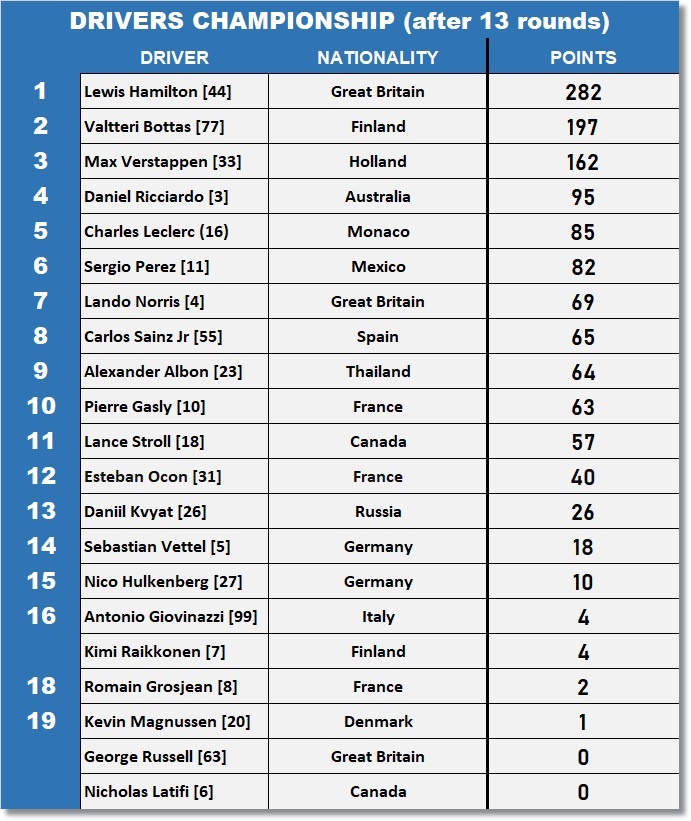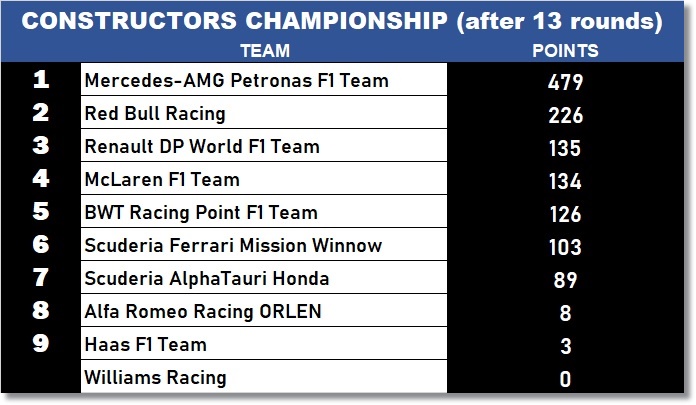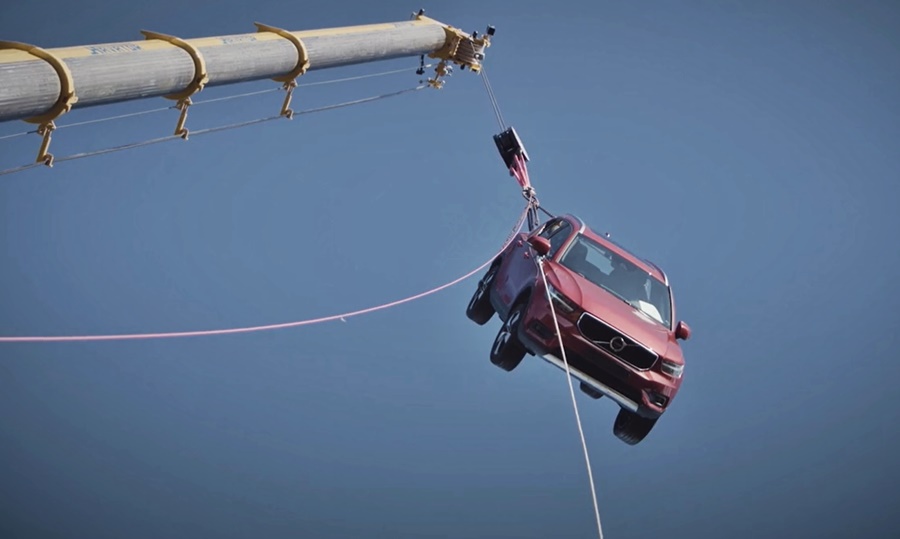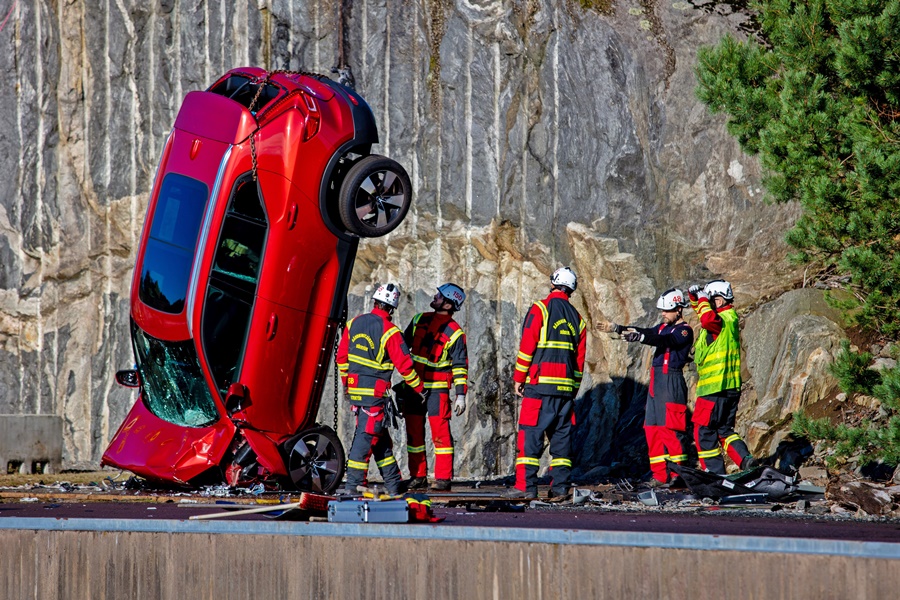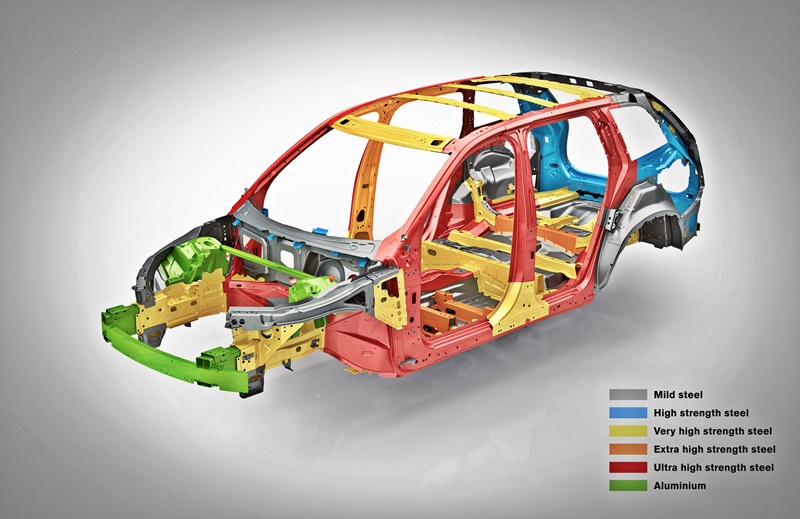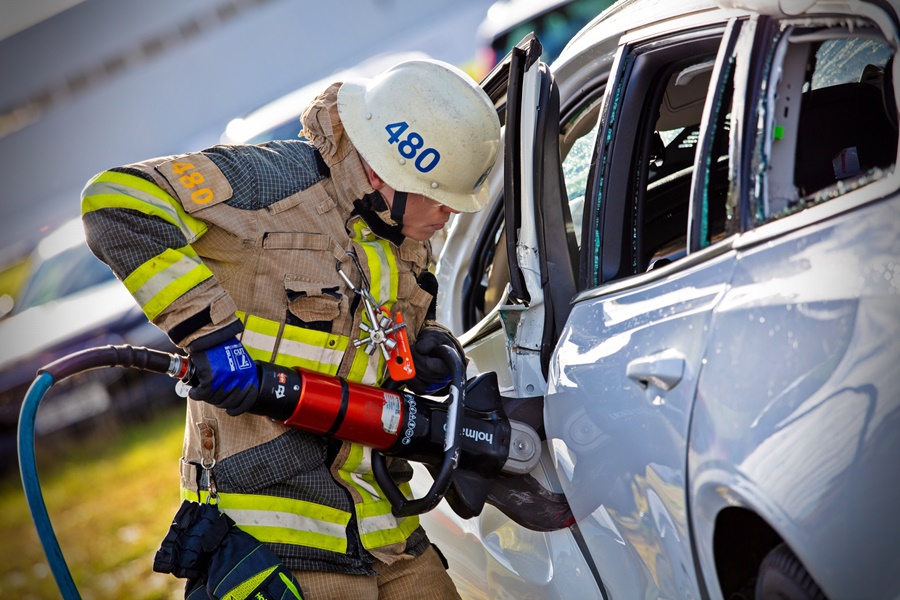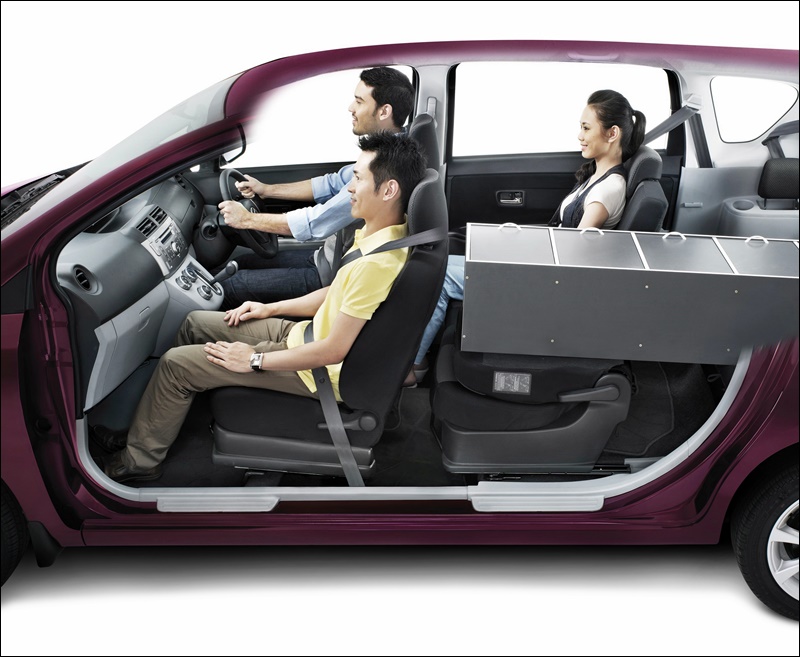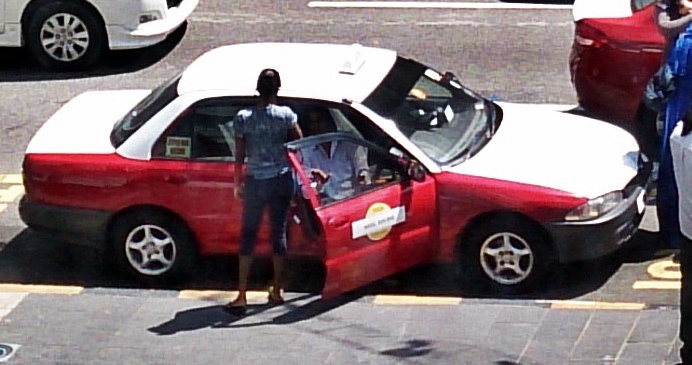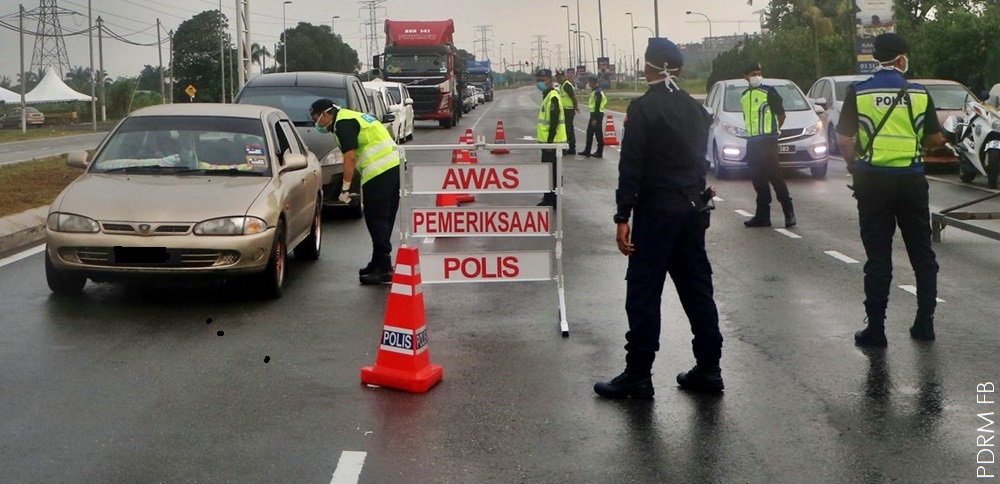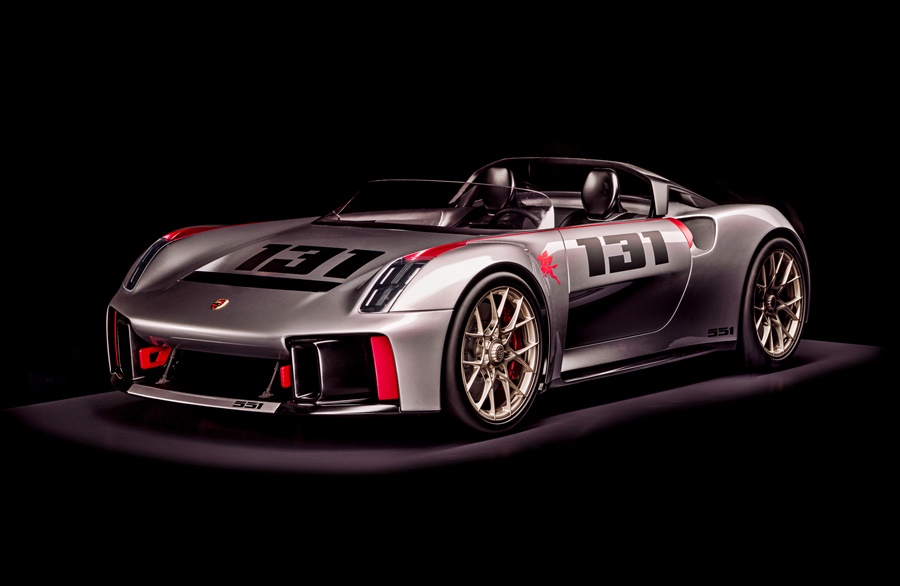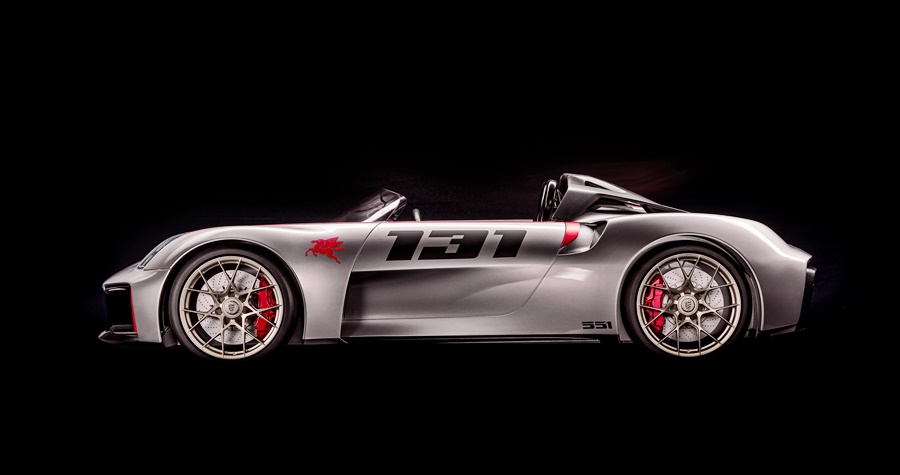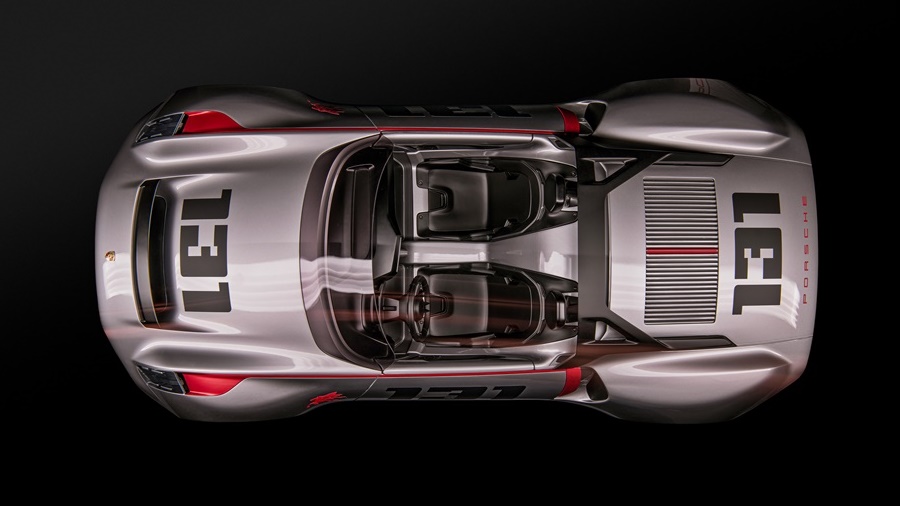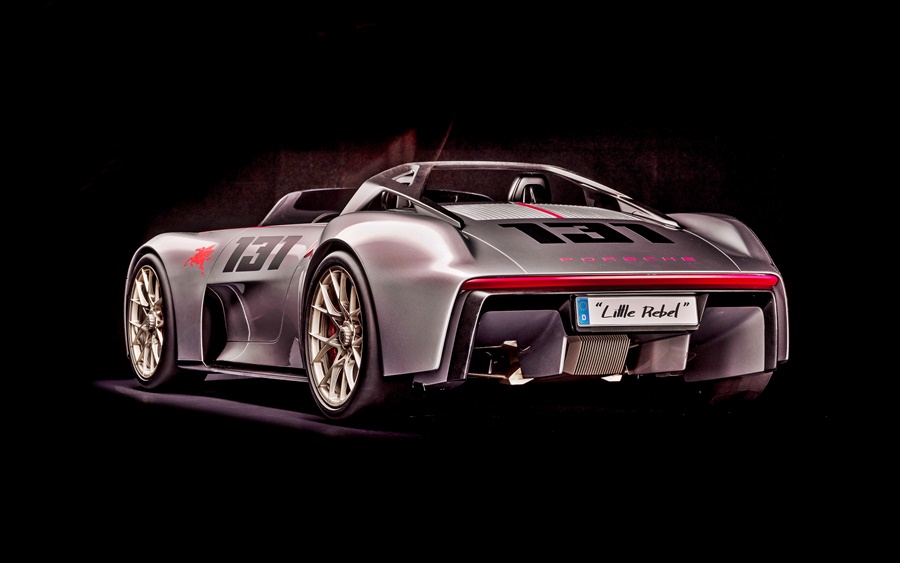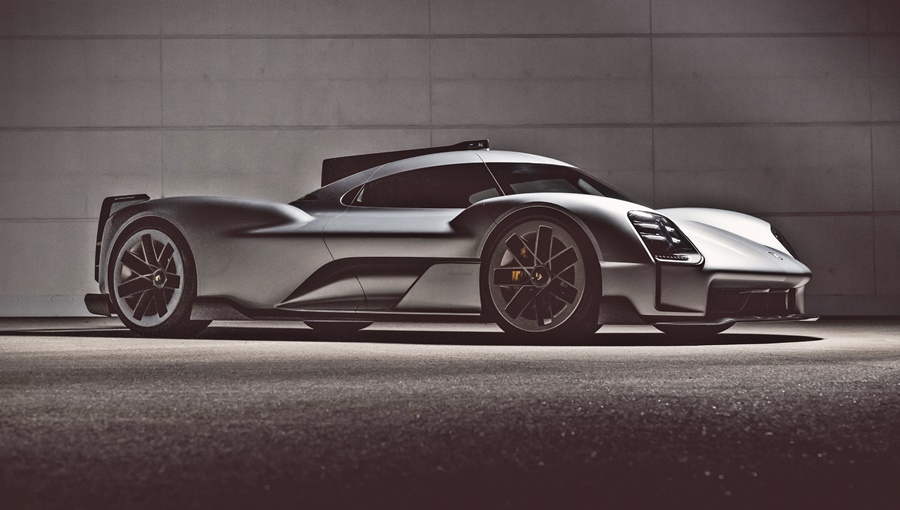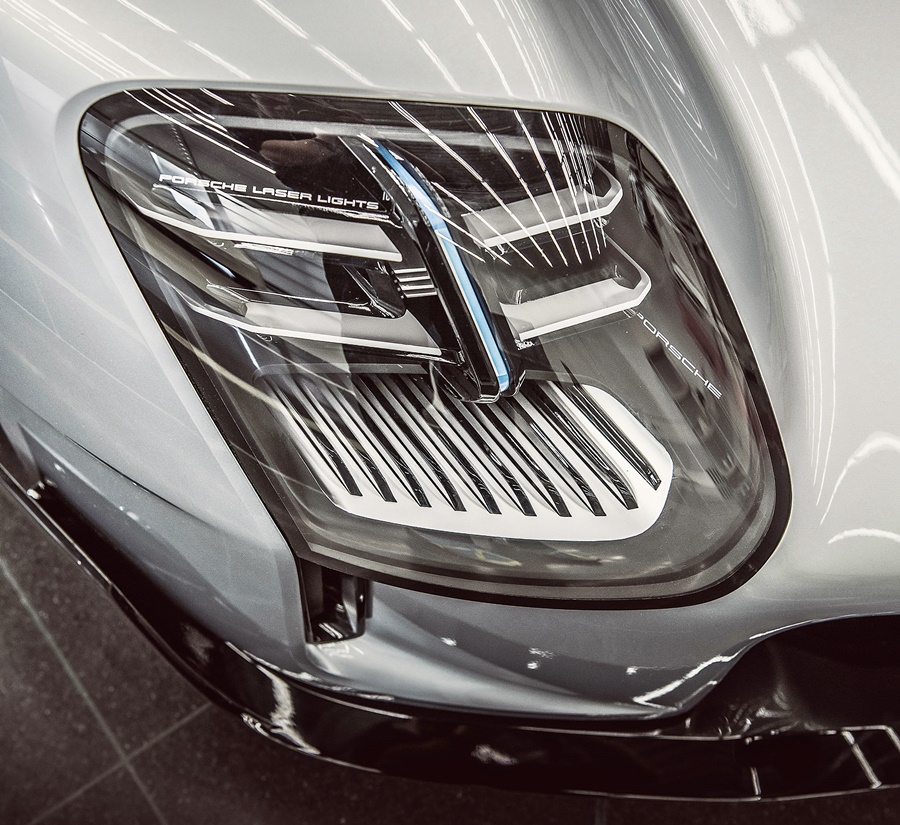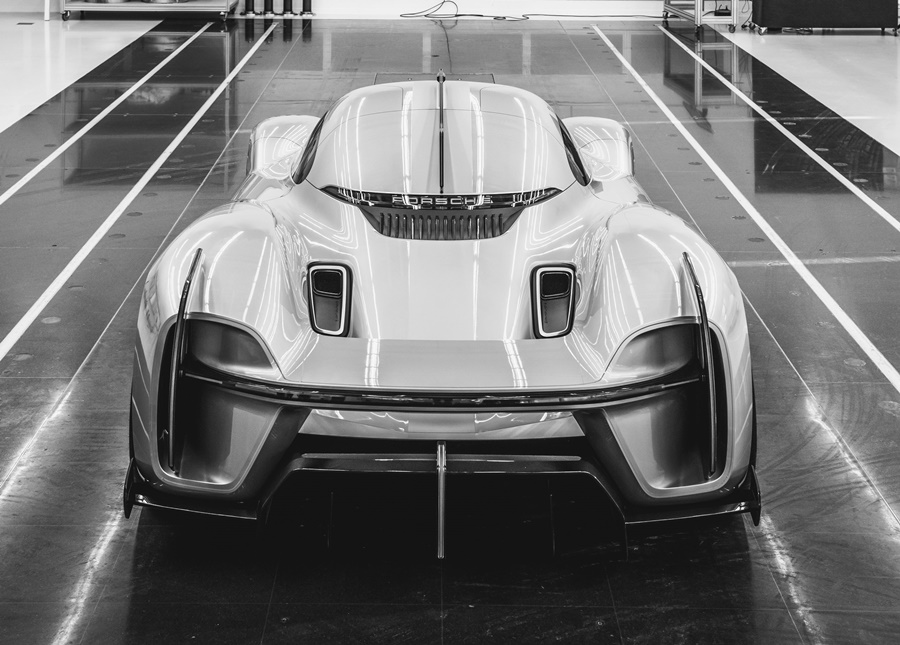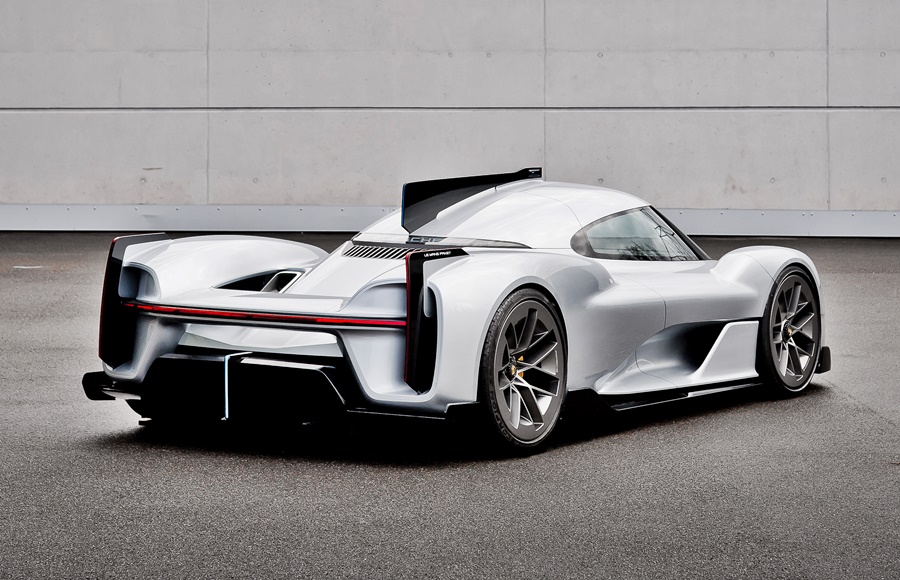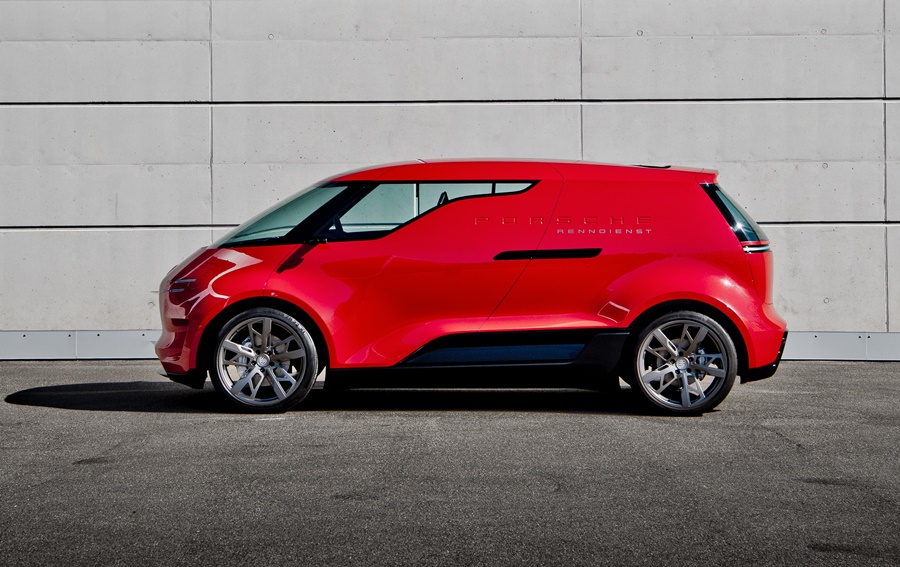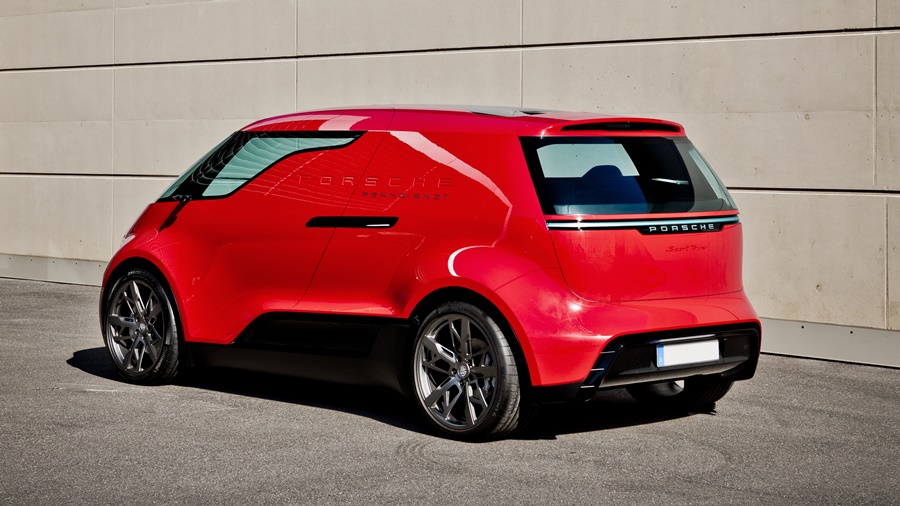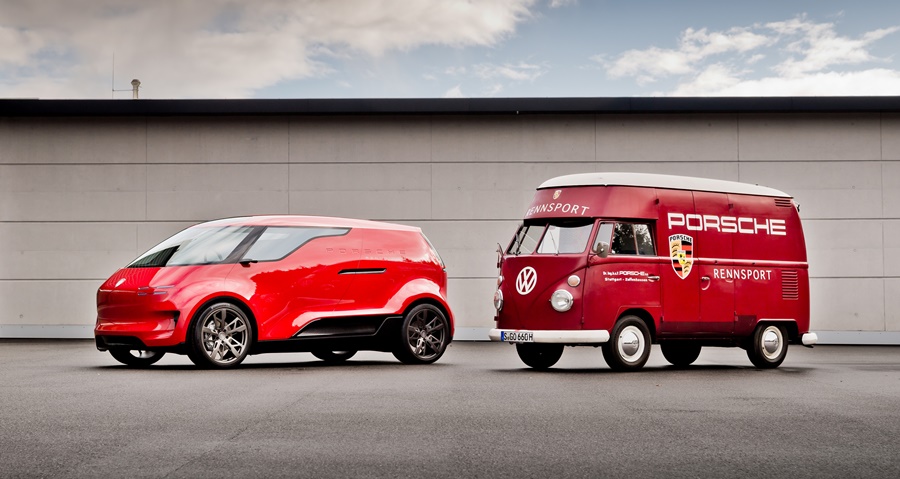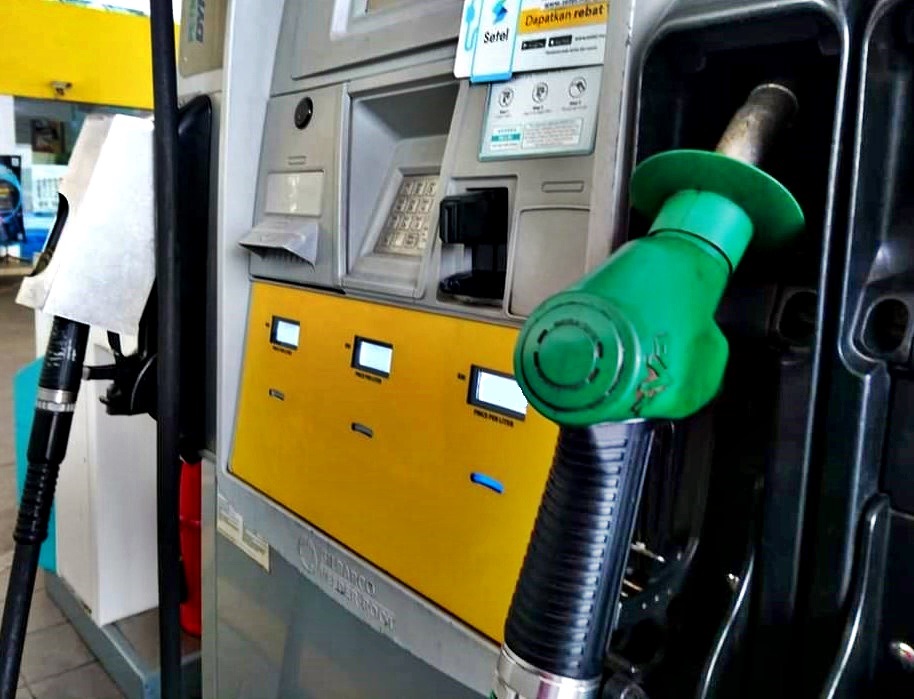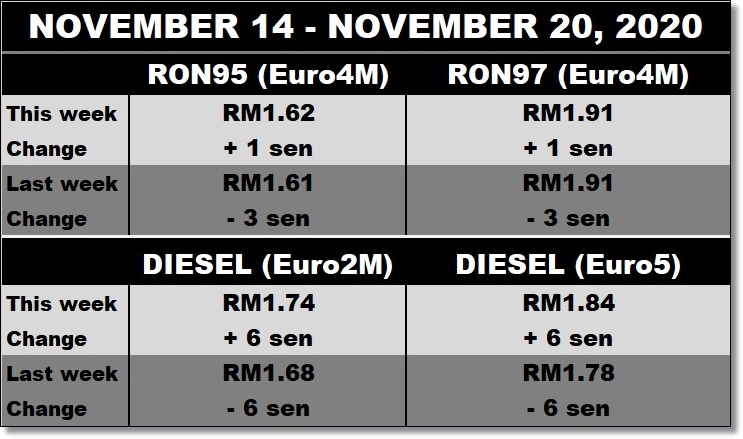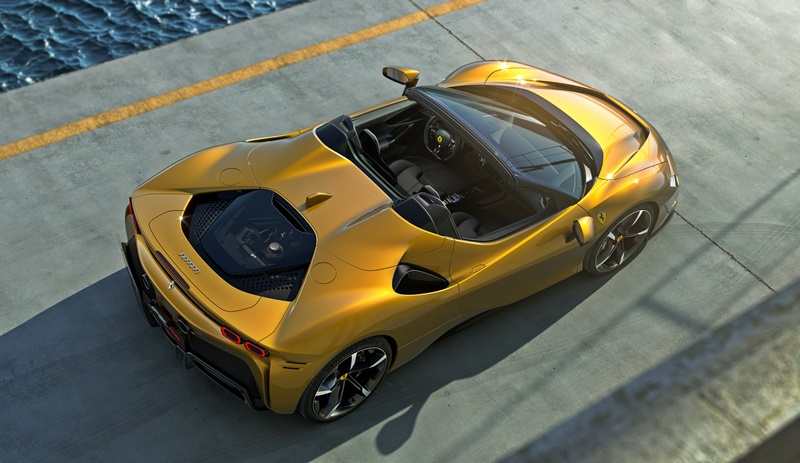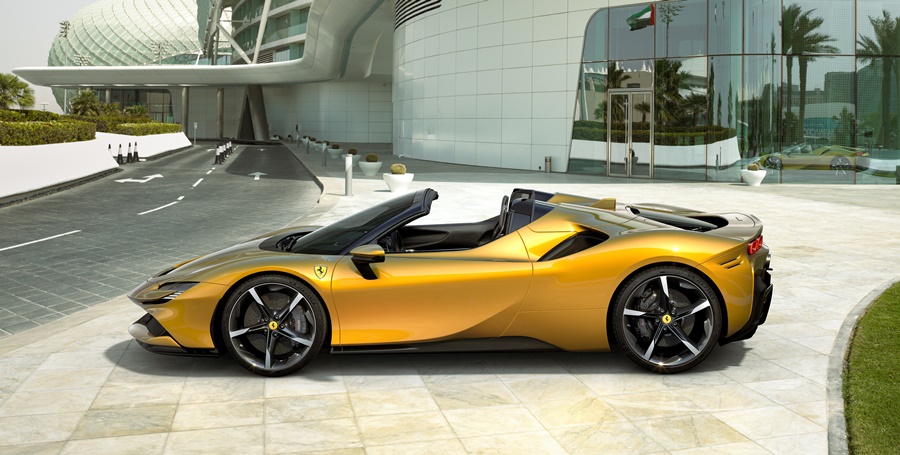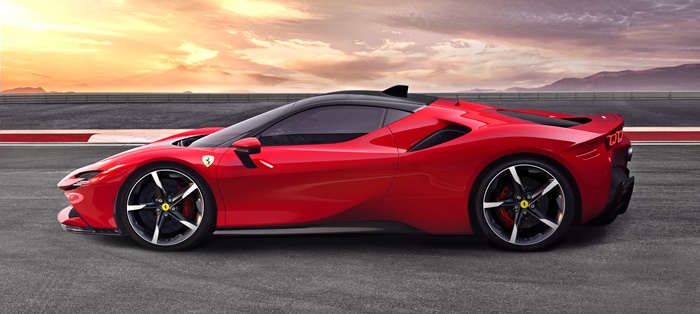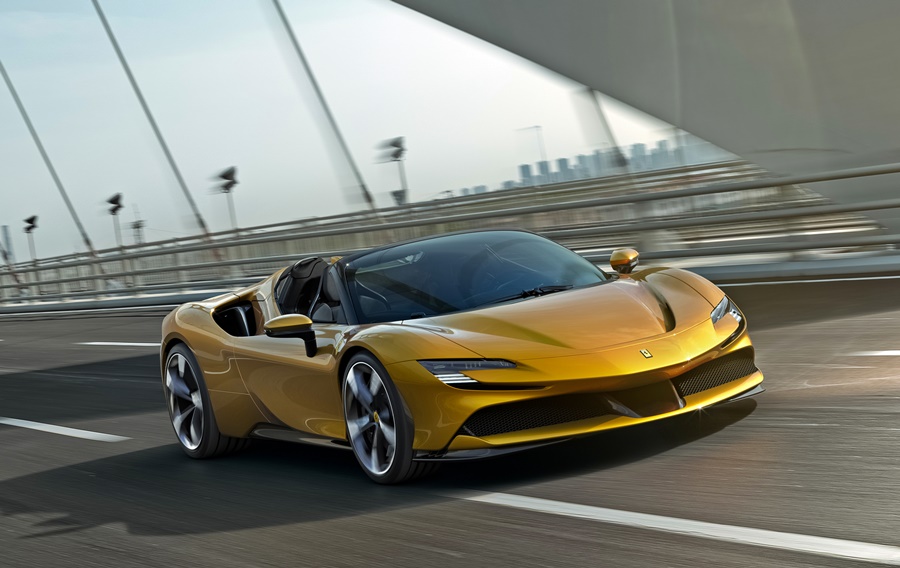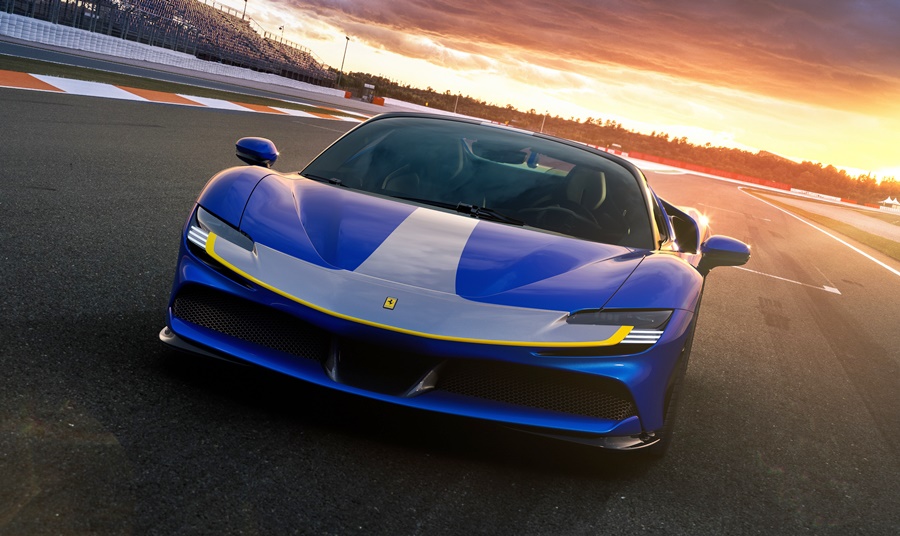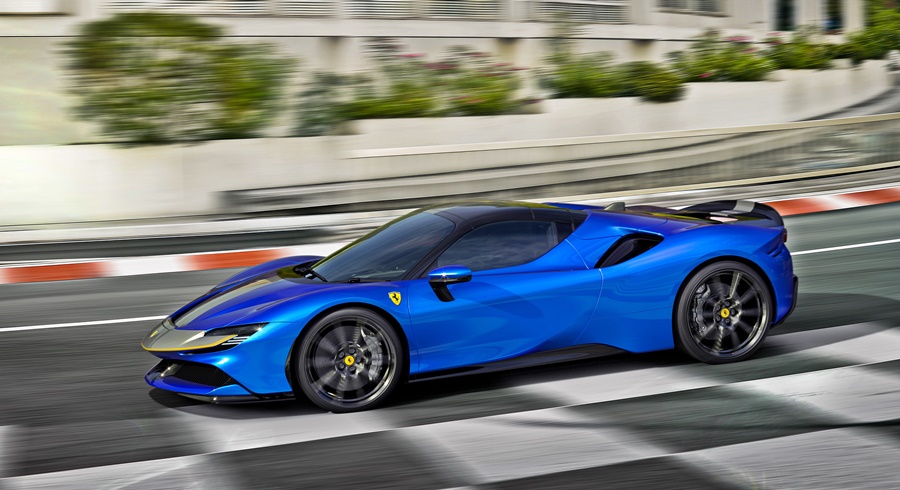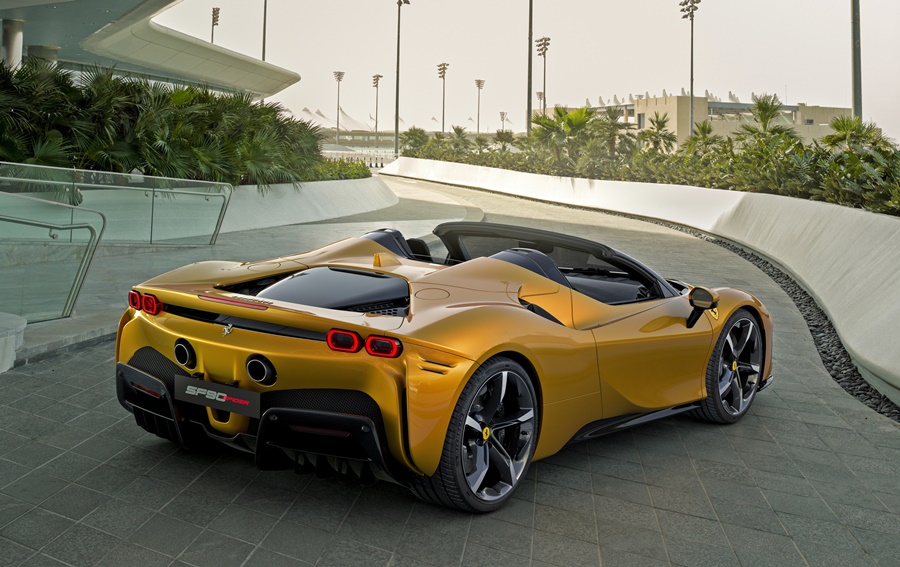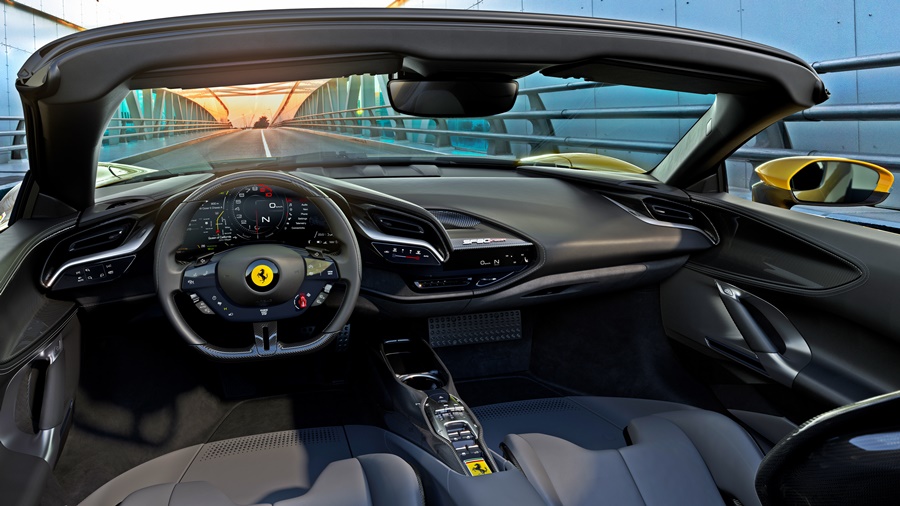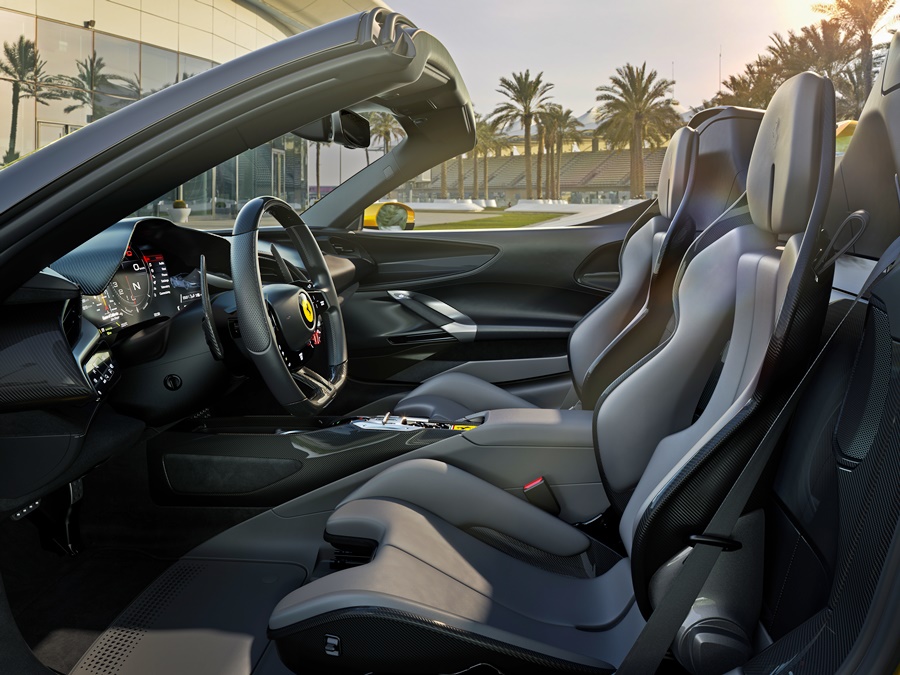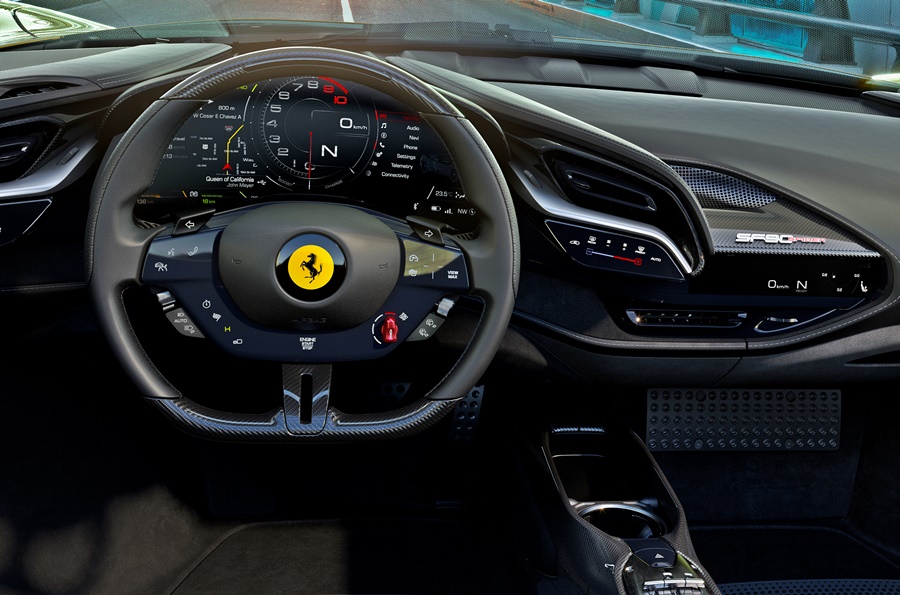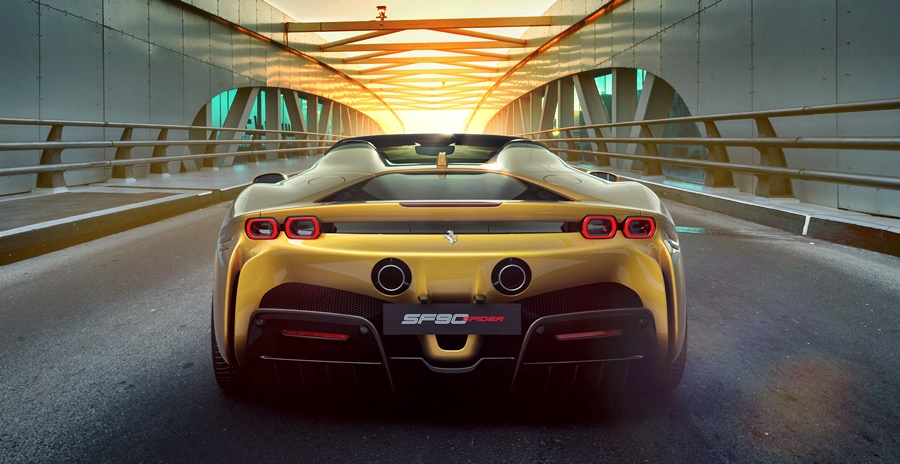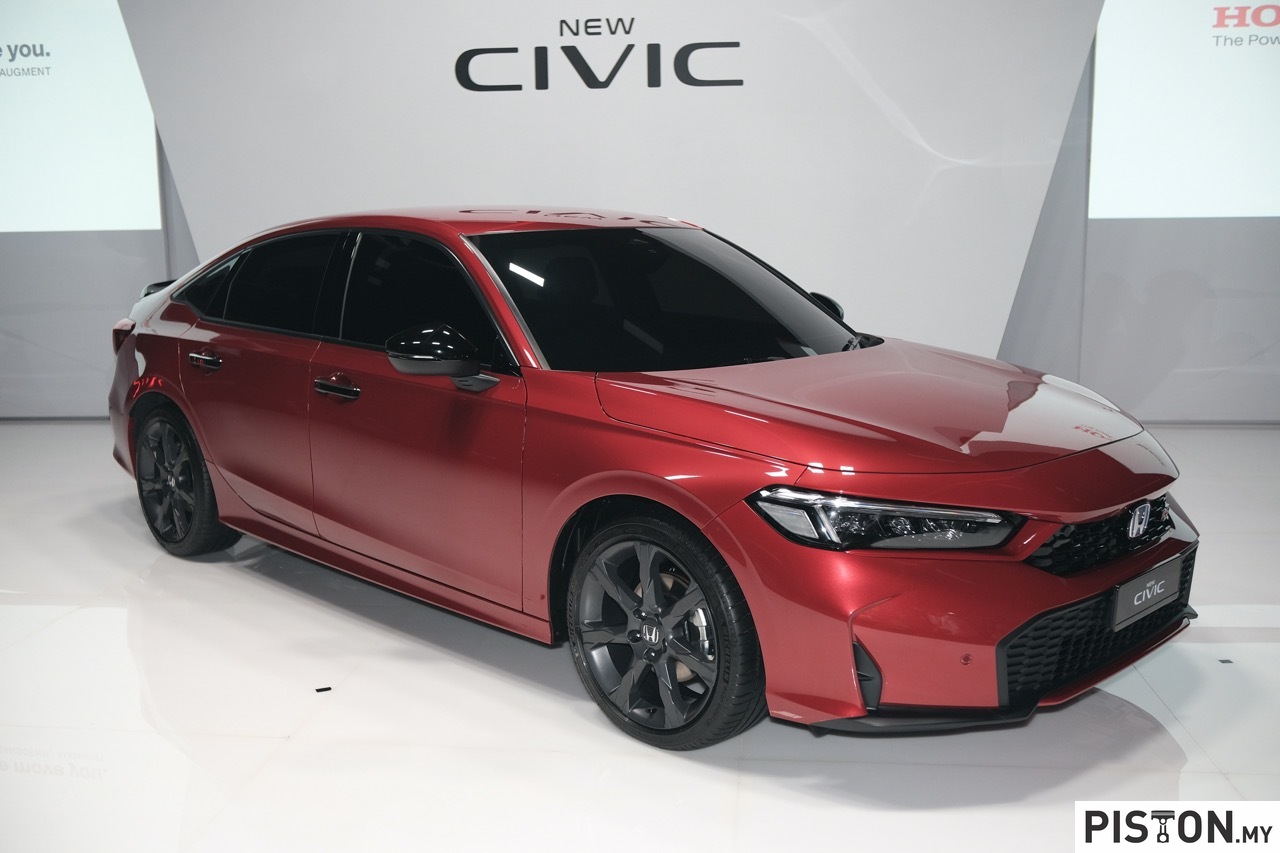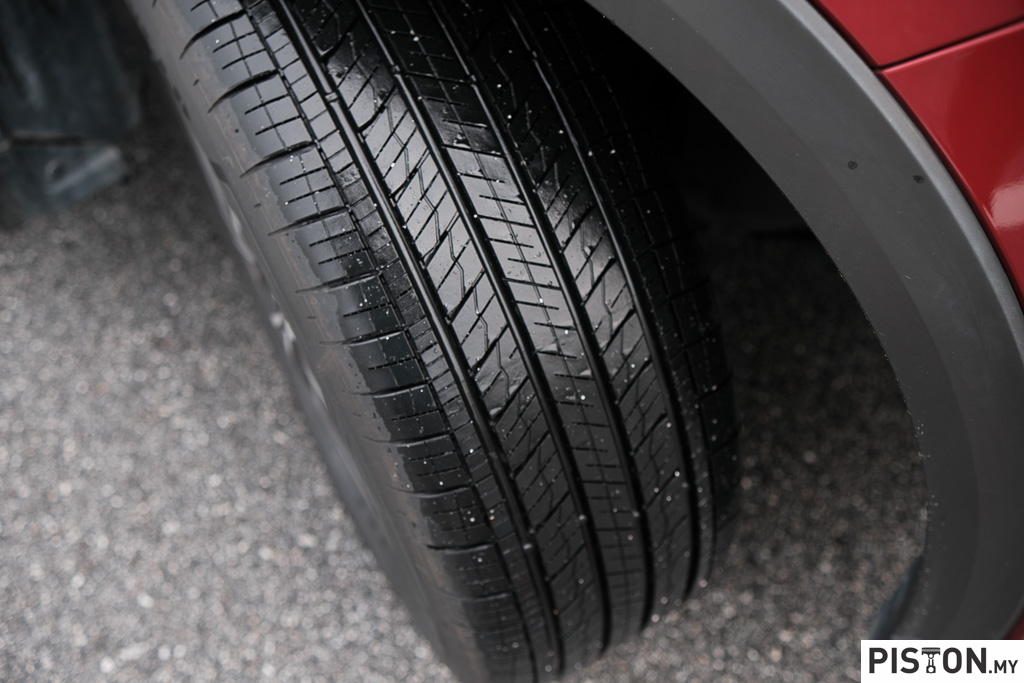UMW Toyota Motor will soon have an improved version of its bestselling model, the Vios, in Toyota showrooms nationwide. The prices are estimated to range from RM75,701 to RM89.232 for three variants available. Bookings at showrooms as well as online are accepted from today, with deliveries almost certain to be before the year ends.
Bolder looks
The new Vios gains a bolder look with a restyled front bumper and new grille design with an Aero kit attachment below the bumper. The grille is flanked by new triple bezel fully LED Headlights with built-in Daytime Running Lights (DRLs) that provide a visual ‘signature’ from afar.
Drivers can enjoy extra peace of mind when returning home as the headlights now come with a follow-me-home function. This keeps the lights on for a while after the engine is switched off and the doors are locked, providing illumination to the front door or along a path.
The optional aerokit available for the Vios comes with a newly designed front bumper element, besides the side skirts and spoilers on the bootlid and under the rear bumper.
Two new colours – Orange Metallic and Platinum White Pearl – join the existing range available which consists of Dark Blue Metallic, Red Mica Metallic and Silver Metallic.
“The enhanced Vios has an even more dynamic presence with a front silhouette that is consistent with models such as the Corolla, Camry and the recently-enhanced Yaris. Yet, despite this strong family resemblance, the Vios projects its own unique personality that has made it popular with a diverse demographic of buyers,” said Ravindran K., President of UMW Toyota Motor.
Safety enhanced
Long regarded as being very good value for money, the Vios also has high standards when it comes to safety. It is the first in its segment with a maximum 5-star ASEAN NCAP safety rating and will now come with two elements of the integrated Toyota Safety Sense (TSS) system – Pre-collision system (PCS) and lane departure alert (LDA).
PCS, activated from 15 km/h, will warn the driver of a possible collision and if no action is taken, automatically brake the car. This can avoid an accident or if it cannot be avoided, the early braking will reduce the speed so as to lower the severity of the damage.
LDA will help if the driver is drowsy as it detects the car’s deviation from the lane. Operational from 50 km/h, the system alerts the driver through Multi Information Display by blinking indicator lamp and also a buzzer sound.
Other existing safety features and systems include Vehicle Stability Control, Traction Control (TRC), Hill-Start Assist Control (HAC), Blind Spot Monitor with Rear Cross-Traffic Alert, ABS, Electronic Brake-force Distribution, Brake Assist, and up to 7 SRS airbags (the only car in its segment with this number).
Front and rear Digital Video Recorders (DVRs) are also available to record the situation in front and behind the car while it is on the move. The DVRs have g-sensors which can detect a severe impact and when this occurs, the file containing the recording will be ‘locked’ so it cannot be accidentally deleted.
To help with parking, there is now a 3D 360-degree panoramic view monitor with specific views of each side of the car as well as a simulated overhead view that is useful for positioning in a bay. Front and rear sensors also help to monitor the nearby areas and warn the driver of obstructions.
A new safety feature is the Emergency Stoplight Signal system which can lower the risk of a rear-end collision. The system will immediately activate the hazard warning lights if sudden and hard braking is detected, indicating emergency braking. Drivers behind will thus be alerted more quickly so they will take braking action.
Rear seatbelt usage has been compulsory for a while now and to ensure that everyone follows the law, there is a reminder which the driver will get so he or she can ask the rear passengers to put on their seatbelts. Additionally, an ISOFIX point is provided in the rear seat for a compatible childseat which is now required by law for small children.
Visual enhancements inside
Inside, the new Vios has the same layout but the dashboard has received visual enhancements. New features include Optitron meters and a Multi Information Display panel. The infotainment system, with a 7-inch display panel, has Android Auto and Apple CarPlay for easy connectivity with compatible smartphones.
As before the Vios comes with a 1.5-litre VVT-i engine and CVT powertrain that has proven efficiency and reliability. Three Drive Modes allow the driver to prioritise performance or economy, or just let the computerise ‘co-driver’ decide according to conditions. For the Vios 1.5G, there are also paddle shifters to make manual selection more convenient.
To locate a showroom or for more information, visit www.toyota.com.my.
Two more financing schemes available for new Toyota purchases



